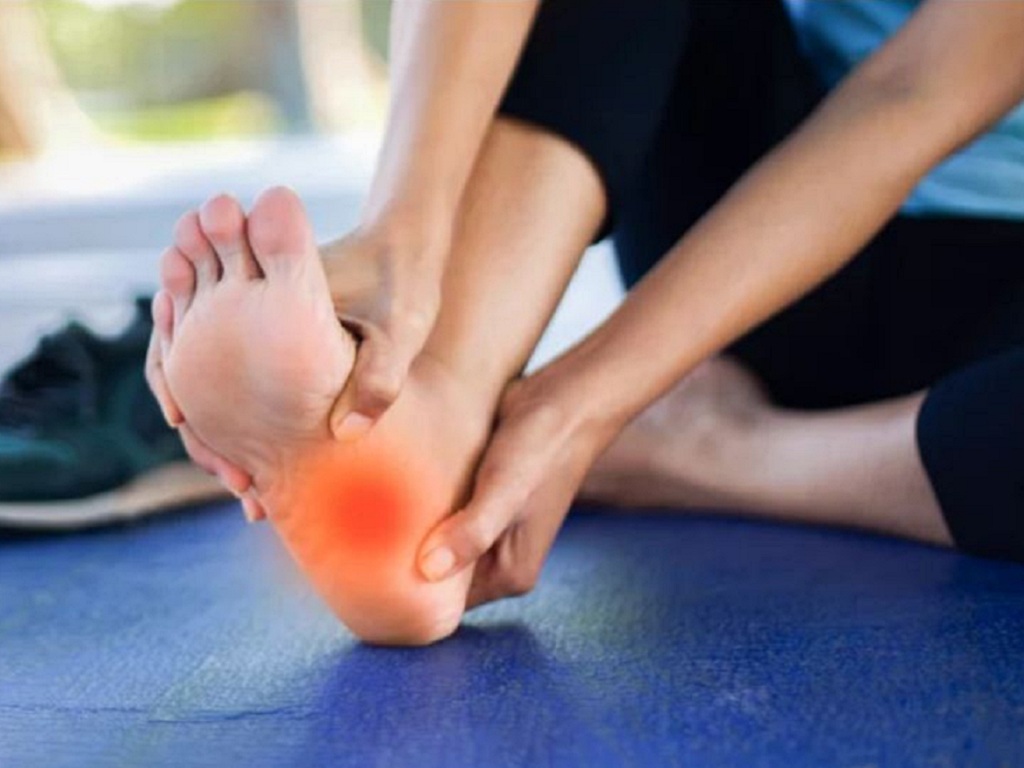When we have to stand for a long time, we will start to show signs of restlessness and discomfort. People will shift their body weight from one foot to the other, take out their phones to check or look around to see if anyone else is feeling as uncomfortable as they are, according to the health website Healthline (USA).

Standing for long periods of time can put a lot of pressure on your feet and increase your risk of varicose veins.
Standing for long periods of time is uncomfortable because when you stand, your legs are under constant pressure, while when you walk, the pressure is transferred from one leg to the other. If you take out your phone to use, your head will bend forward, putting more pressure on your neck and shoulders. This pressure causes muscle tension, reduces blood circulation, and that is why standing in one place is tiring.
Standing for short periods of time will not cause any harm. However, standing for long periods of time can pose many health risks.
People who work in jobs that require a lot of standing, such as nurses, teachers, waiters, and hairdressers, are prone to neck, shoulder, calf, foot, and heel pain, heel spurs, and plantar fasciitis. Not only that, standing for long periods of time can also cause lower back pain, fatigue, and cardiovascular problems such as varicose veins or swollen feet.
In addition, standing for a long time while wearing high heels will make your feet more vulnerable, especially causing foot pain. People who need to stand a lot, especially for work, should prioritize choosing shoes that support the arch of the foot well.
To reduce fatigue when standing for long periods, instead of standing passively, regularly stretch your legs and feet. Rotating your kneecap outward while standing will help reduce pressure on the sole of your foot, thereby reducing fatigue when standing for long periods.
Staring at your phone can cause neck and shoulder pain, so limit this activity. If you can't walk, keep your back straight by putting one foot on a higher step or any position that can help reduce shoulder and neck strain, according to Healthline .
Source link



![[Photo] Many young people patiently lined up under the hot sun to receive a special supplement from Nhan Dan Newspaper.](https://vphoto.vietnam.vn/thumb/1200x675/vietnam/resource/IMAGE/2025/5/18/6f19d322f9364f0ebb6fbfe9377842d3)

![[Photo] Ready for the top competitions of Vietnamese table tennis](https://vphoto.vietnam.vn/thumb/1200x675/vietnam/resource/IMAGE/2025/5/18/9c547c497c5a4ade8f98c8e7d44f5a41)





























![[Photo] General Secretary To Lam visits exhibition of achievements in private economic development](https://vphoto.vietnam.vn/thumb/1200x675/vietnam/resource/IMAGE/2025/5/18/1809dc545f214a86911fe2d2d0fde2e8)






























































Comment (0)